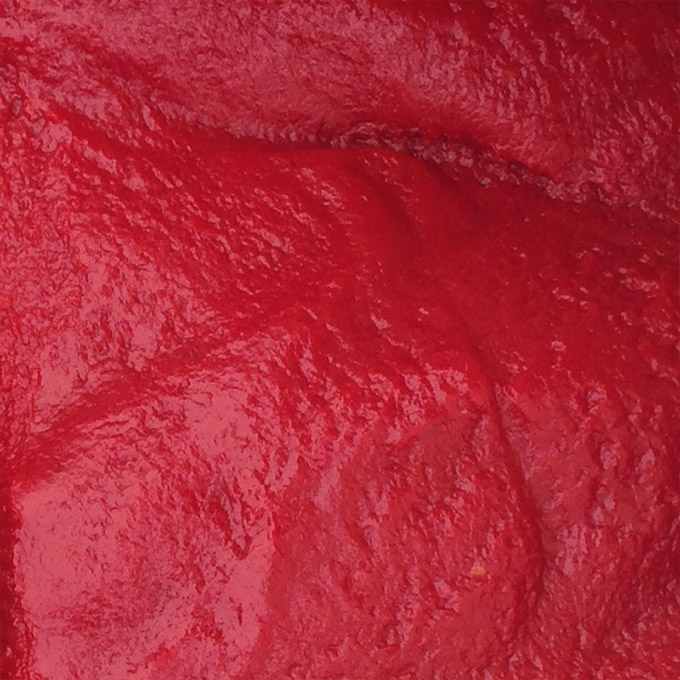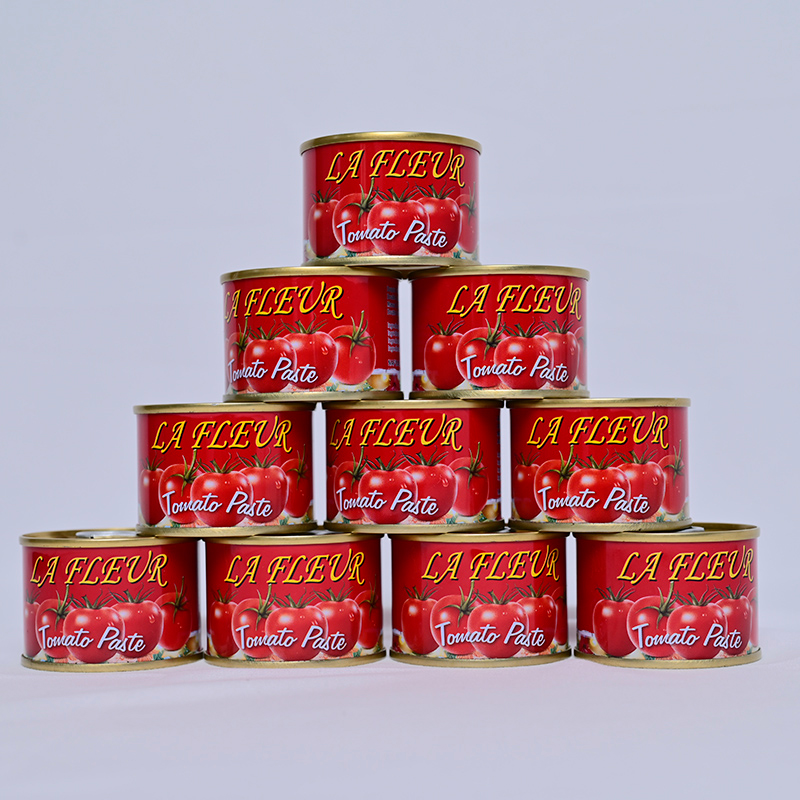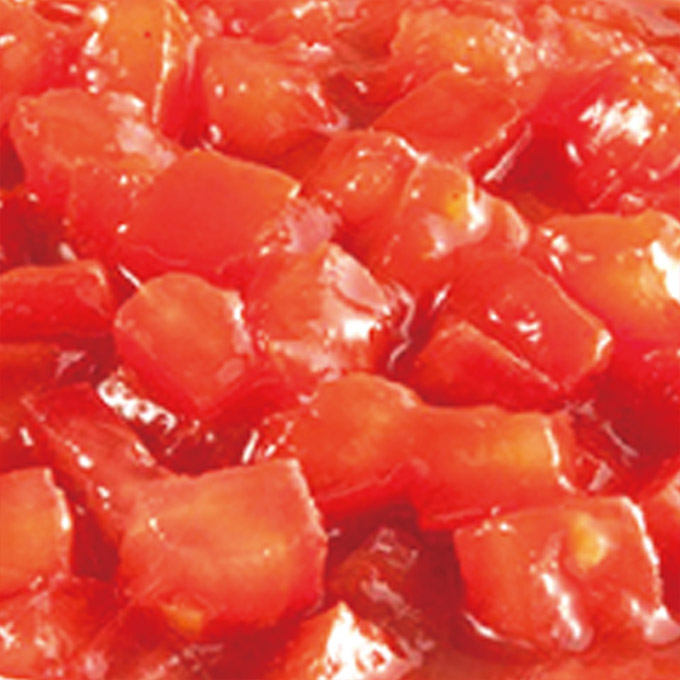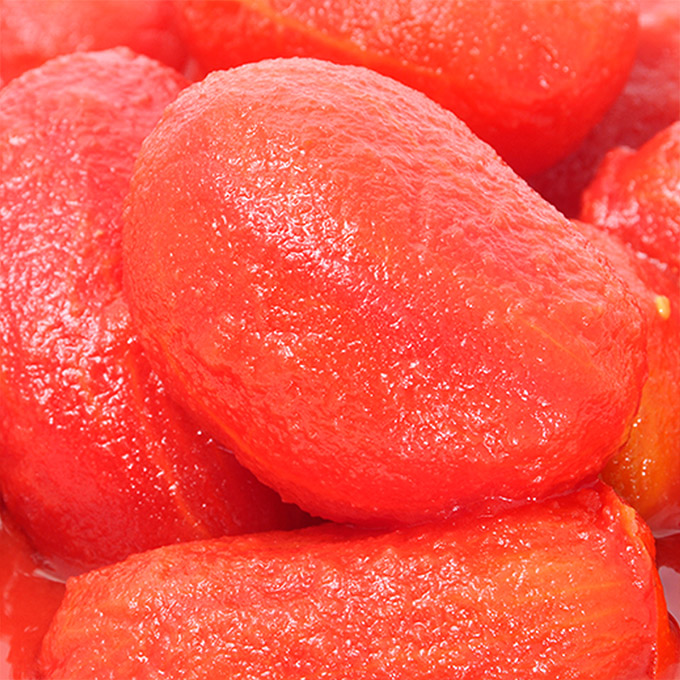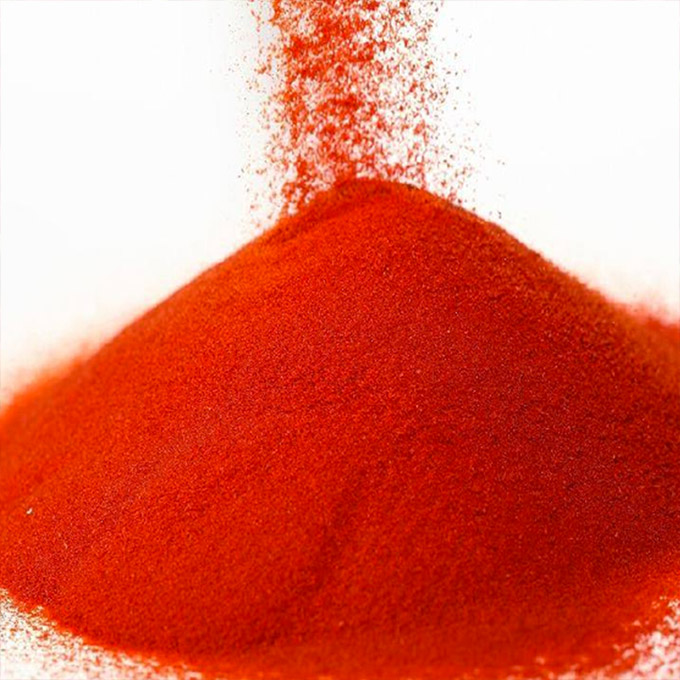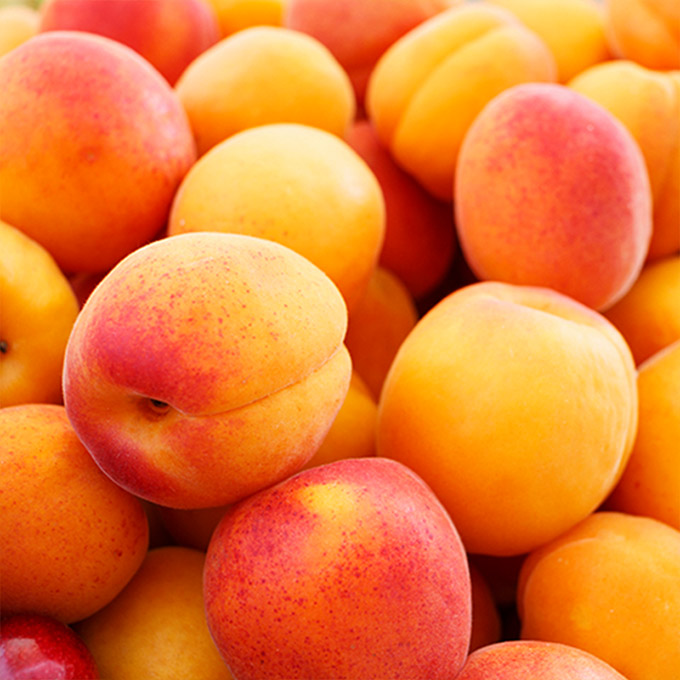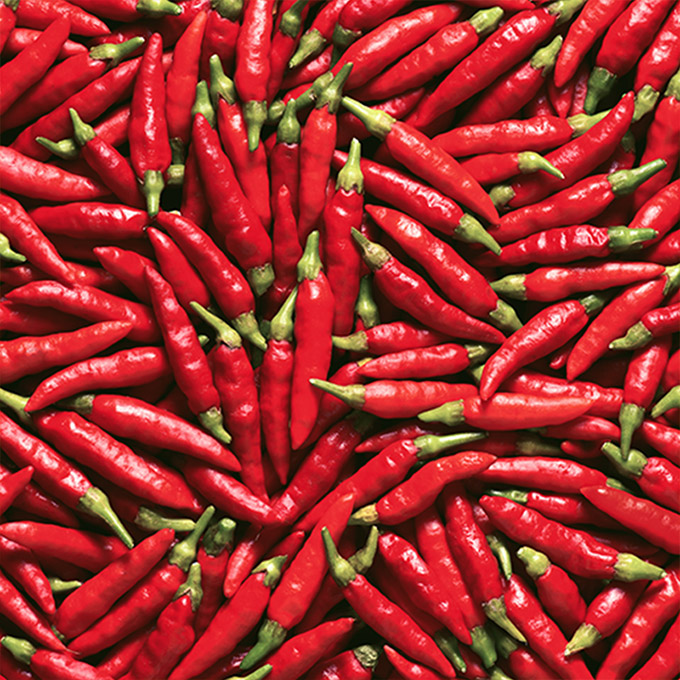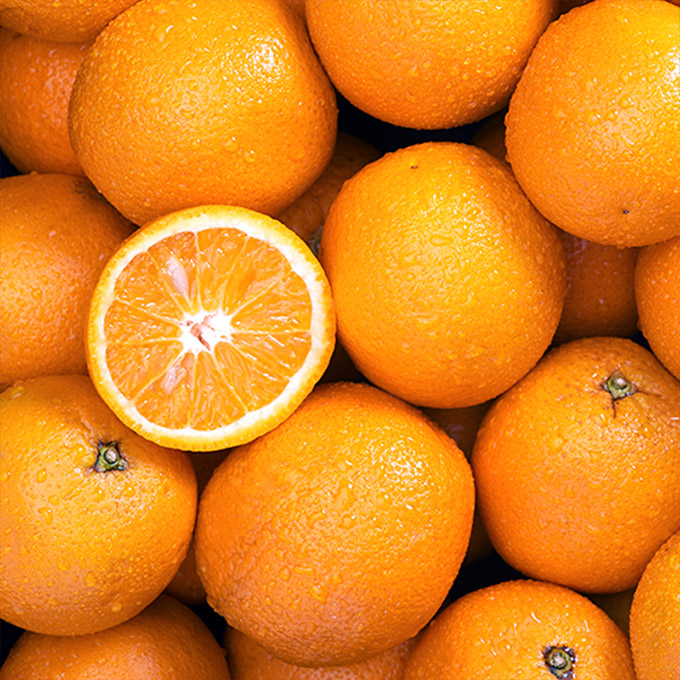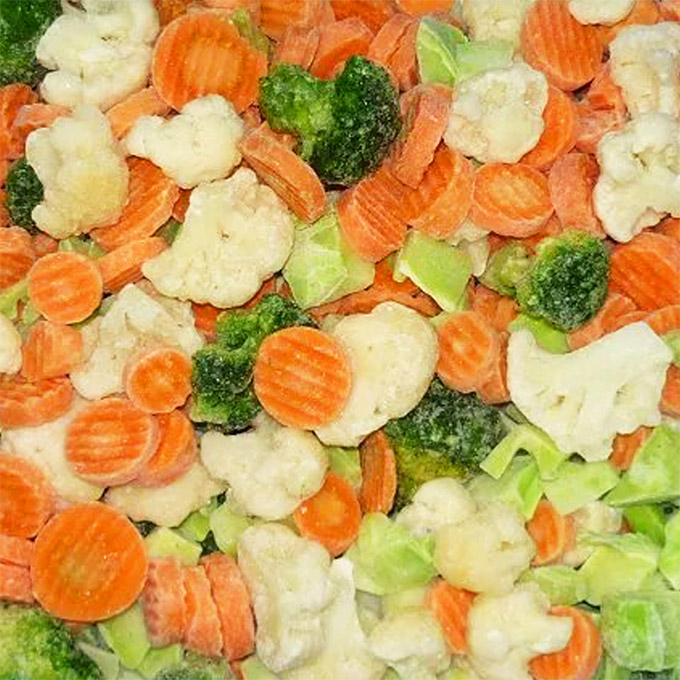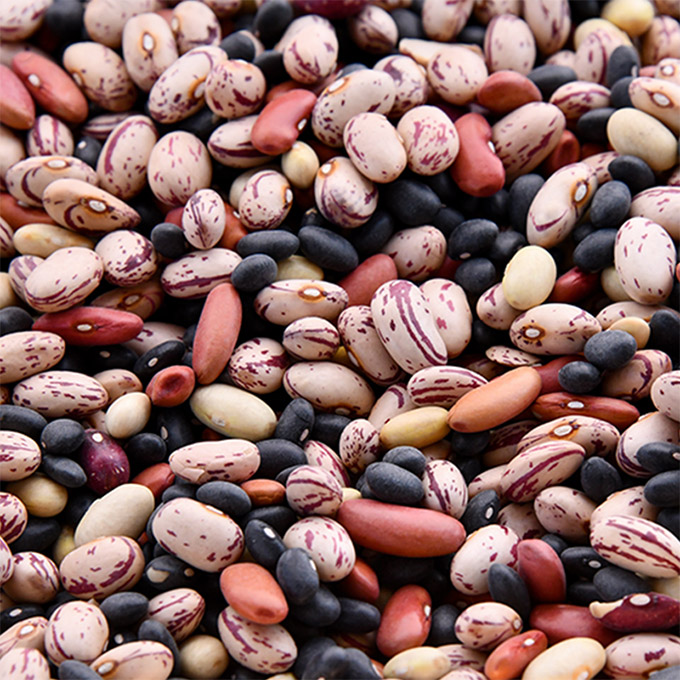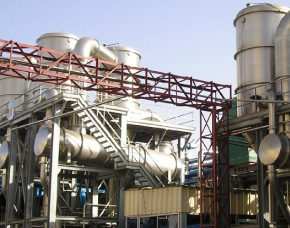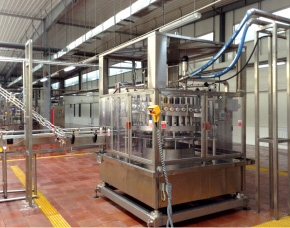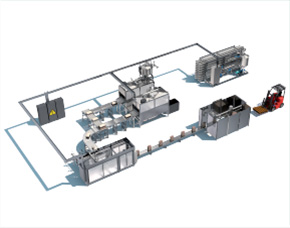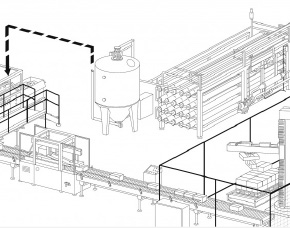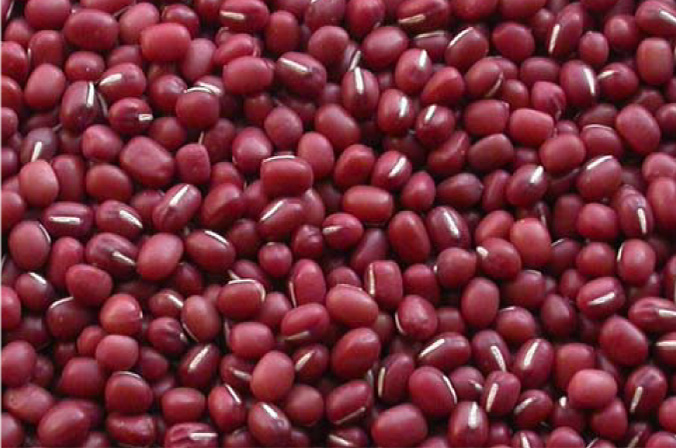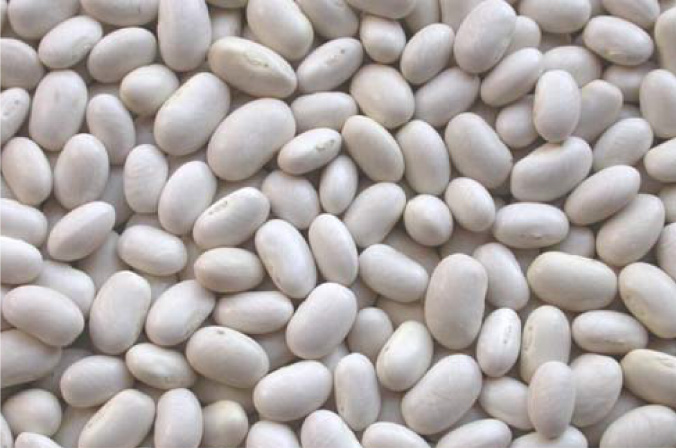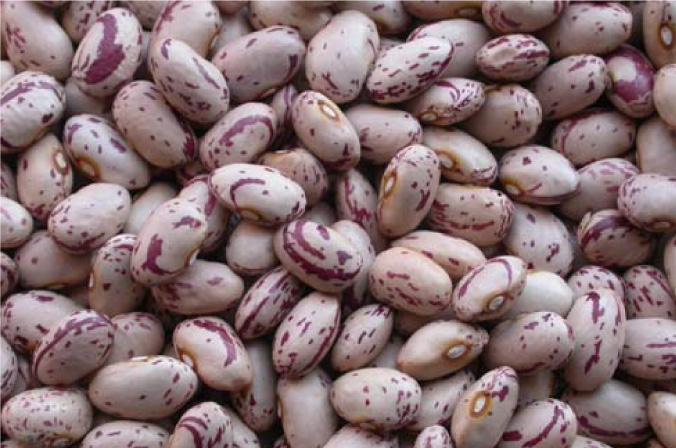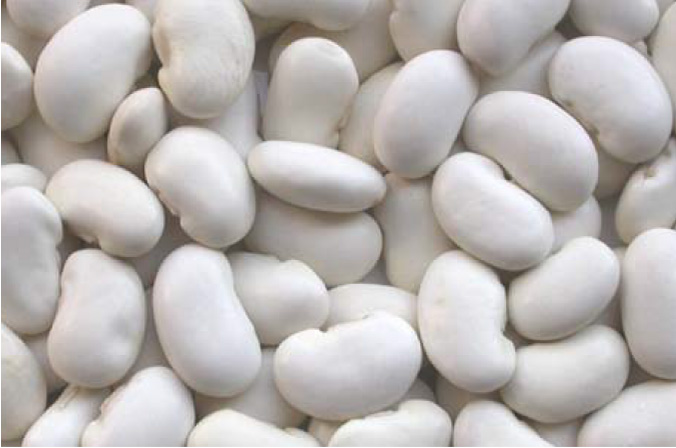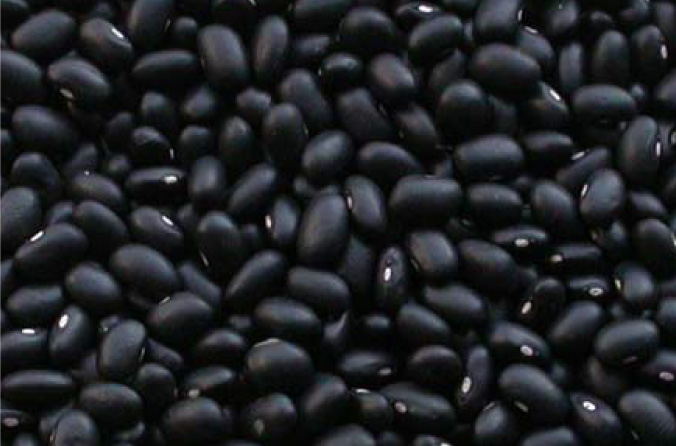1.Definition
Red kidney beans (origin of North America or China), picked when ripe, obtained from the latest production season.
The produce, when picked and dried, should have a maximum moisture of 18%.
2.Characteristic qualities
The grains should be practically without any defect, as defined below, and should be a wholesome product, without mould or any other impurity, or trace of such, whether animal, vegetable or mineral in origin. The produce should be reasonably uniform in size and at its count should be:
Max. 200 grains /100 g (North America)
Max. 225 grain/100 g (China)
3.Colour
Grains,standard and uniform in colour, which after sterilization should be typically red, without any strange or unusual colouring.
4.Taste
After rehydration or cooking (or sterilization) it should have a distinctive good taste, without strange and/or unusual aftertaste.


